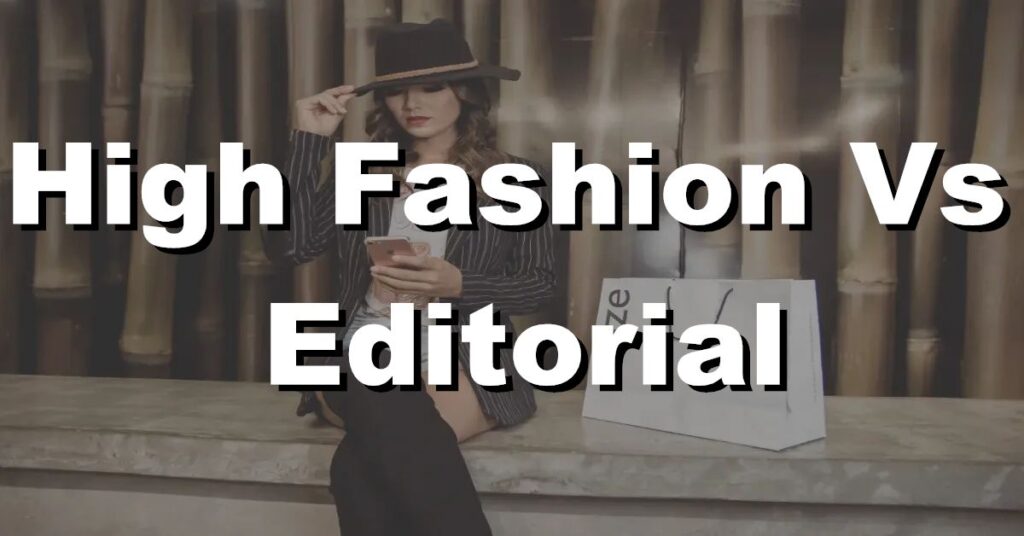The terms High Fashion and Editorial are often used interchangeably in the fashion industry, but they have distinct differences.
This blog post delves into the nuances of each term and their roles in the fashion world.
Distinguishing Between High Fashion and Editorial Fashion
High fashion and editorial fashion are two distinct categories within the fashion industry that serve different purposes and cater to different audiences. While there may be some overlap in their aesthetics and influences, understanding their differences is essential in comprehending their unique roles.
How High Fashion and Editorial Fashion Differ in Terms of Design, Purpose, And Audience
High fashion, often referred to as luxury fashion or couture, encompasses designer brands that create exclusive, high-end clothing and accessories. It is characterized by its impeccable craftsmanship, attention to detail, and use of luxurious materials.
High fashion garments are typically made in limited quantities and cater to a niche clientele seeking unique and prestigious designs. High fashion runway shows and presentations serve as platforms for designers to showcase their collections to industry professionals, buyers, and the press.
On the other hand, editorial fashion is centered around creating visually captivating and artistic imagery for editorial publications such as magazines and digital platforms. Editorial fashion aims to convey a narrative, evoke emotions, and showcase the creative vision of the photographer, stylist, and creative team.
The garments and styling in editorial fashion shoots may be bold, unconventional, or avant-garde, as they seek to create impactful visual stories. Editorial fashion allows for more experimentation and artistic expression compared to high fashion, as its purpose is to inspire and captivate the audience.
What Makes them Similar
Despite their differences, high fashion and editorial fashion share some similarities. Both categories are driven by creativity, innovation, and the pursuit of aesthetics. They often draw inspiration from art, culture, and societal influences. Additionally, both high fashion and editorial fashion contribute to shaping trends and influencing the broader fashion landscape.
Examples Of Fashion Brands That Focus on High Fashion and Editorial Fashion Respectively
When it comes to high fashion, iconic brands such as Chanel, Gucci, Louis Vuitton, and Prada are recognized for their exceptional craftsmanship, luxurious designs, and timeless elegance. These brands create collections that epitomize sophistication and cater to a discerning clientele seeking exquisite and exclusive fashion.
In the realm of editorial fashion, brands like Balenciaga, Alexander McQueen, Maison Margiela, and Vetements are known for their avant-garde and boundary-pushing designs. These brands often collaborate with influential photographers, stylists, and artists to create visually striking and thought-provoking editorials that challenge traditional notions of fashion.
While some brands may bridge the gap between high fashion and editorial fashion, it is important to understand their distinct characteristics and purposes within the industry. High fashion celebrates luxury, exclusivity, and craftsmanship, while editorial fashion aims to create captivating visual narratives that inspire and push creative boundaries.
Conclusion
In conclusion, high fashion and editorial fashion are two distinct categories with their own unique features and characteristics.
High fashion is typically associated with designer labels and high-end fashion, while editorial fashion is often associated with fashion photography and editorial spreads in fashion magazines.

